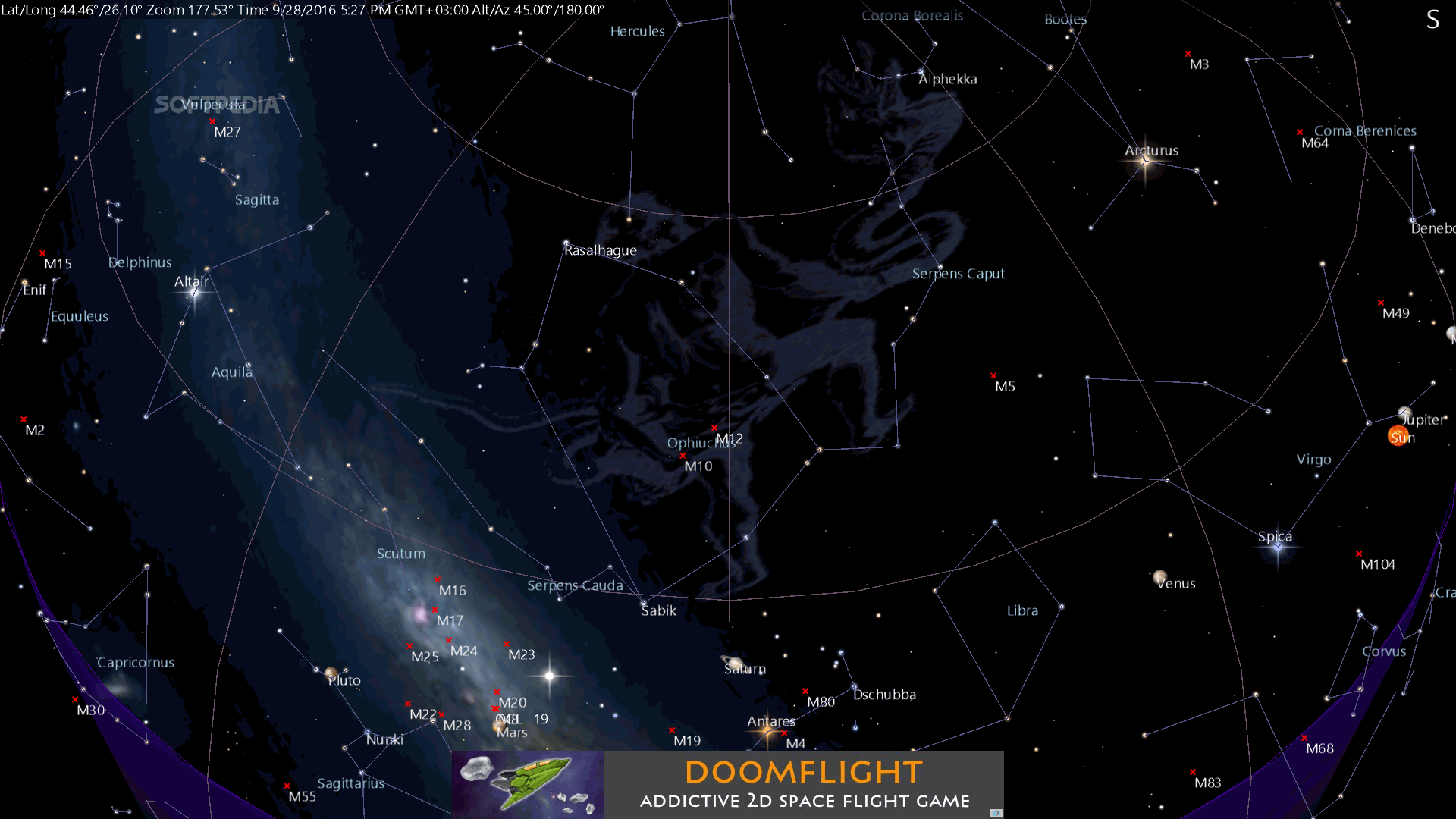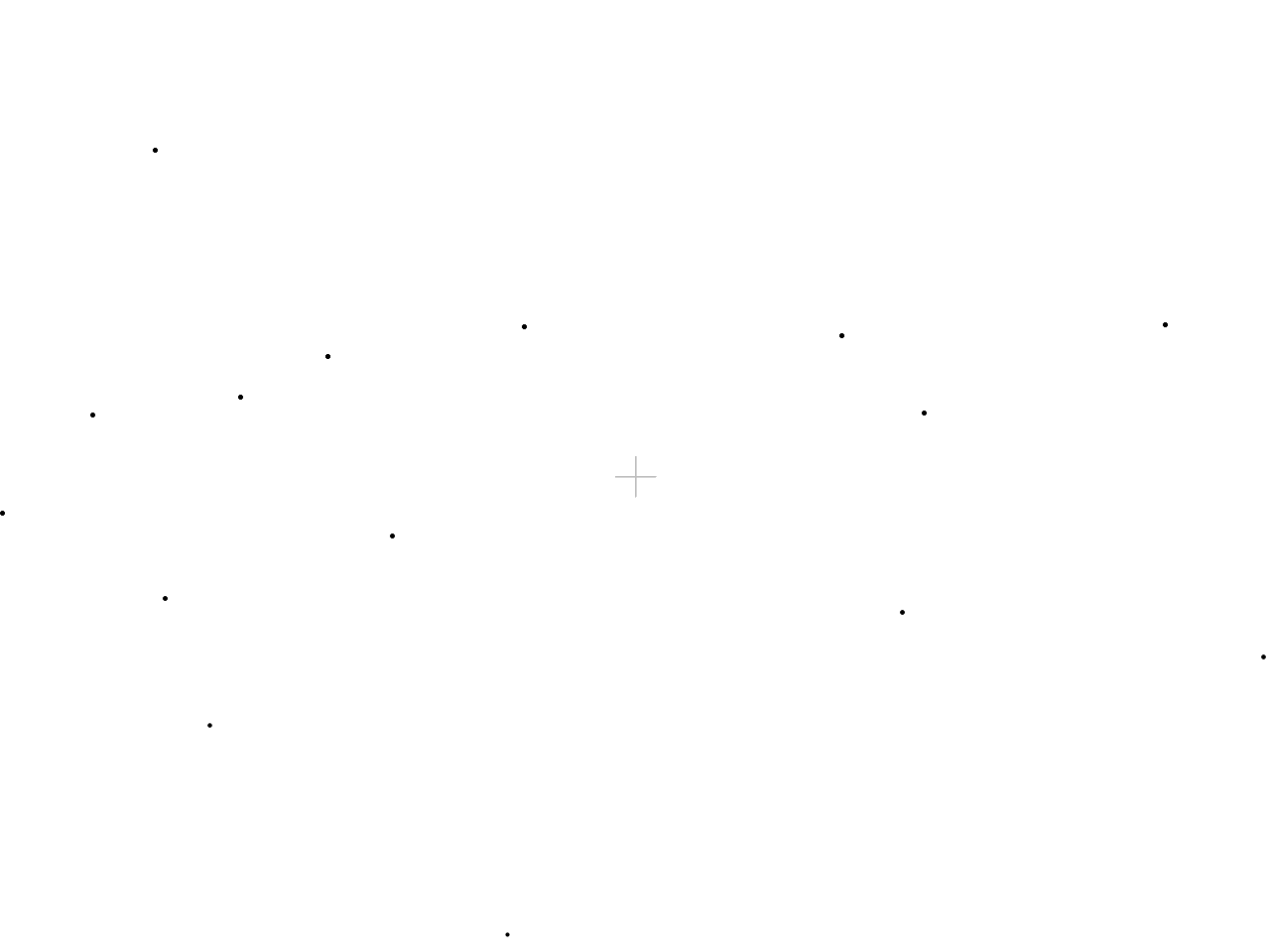
- Star sonata map data not loading how to#
- Star sonata map data not loading install#
- Star sonata map data not loading driver#
- Star sonata map data not loading software#
- Star sonata map data not loading code#
Simply input a list of geographic values, such as country, state, county, city, postal code, and so on, then select your list and go to the Data tab > Data Types > Geography. Map charts have gotten even easier with geography data types. Each country is represented by a different color. In the following example, Countries by Category, the categories are displayed using a standard legend to show groups or affiliations. By default, the higher the value is, the darker its corresponding color will be. The color for each region is dictated by where along the spectrum its value falls. The values represent tax revenue in each country with each portrayed using a gradient spectrum of two colors. Categories are represented by different colors.įor example, the Countries by Tax Revenue % chart below uses values. Values are represented by slight variations of two to three colors. Should make it easy to understand.Map charts can display both values and categories, and they each have different ways of displaying color.
Star sonata map data not loading code#
There’s not much to explain for this code so I’ve commented most lines in the source. You don’t have to get this game, you can use any game but make sure you change the addresses to the ones you find. In this example, I am going to write to a game called Star Sonata and enable a speed hack. Use Cheat Engine or some similar program (I recommend Cheat Engine, obviously) to find it.

WriteProcessMemory is useful when you don’t want to be loaded into the memory space of the target program.įirst of all you are going to need to know the address of the memory you want to edit. I’ll start with a WriteProcessMemory tutorial (the basics of memory editing). It’s time to put all the beginner tutorials back onto my blog. This enables the user to enter BASIC commands without having to save them to memory, preserving valuable storage space in the 38911 byte block of memory. When I look at the lovely blue screen of the C64, I try to think of it as a BASIC interpreter quite similar to Python’s. If you’re lucky enough to have reached this point, it’s time to write your first (unless you’ve done this before) BASIC program for the C64 and where better to start than the almighty Hello World application. Once the emulator boots up, hopefully successfully, you should be greeted with the ever so famous “ COMMODORE 64 BASIC V2” message.

Once downloaded, extract the contents of the “data” folder to ~/.vice and then run the emulator via the Applications>Other menu or typing “圆4” into a terminal. Once installed, you will need to download the ROM’s.
Star sonata map data not loading install#
Just search for “VICE” and install the emulator.
Star sonata map data not loading software#
(This doesn’t mean the Commodore 64 roms are!) Ubuntu users can install VICE via the Ubuntu Software Centre. VICE C64 is a cross platform Commodore 64 emulator and best of all, it’s free software. If all went well, the C64 should still show READY and we can move on to writing the program to be saved. It is necessary to remember the ID of the drive because to save and load from it, the number is used as a parameter. This is the identifier of the drive in which the disk has been loaded. Once the file has been created, it will be attached to Unit #8. To create one of these empty images, click File > Create and attach an empty disk > Unit #8… and then choose a name and location to create the image. It is possible to create empty disk image files through VICE, ready to save data to them as if they were a real medium. The use of an emulator means that we will have to use images of the storage media saved as files on the host operating system’s file system. VICE supports both C64 disc images and tape images by emulating the original devices.
Star sonata map data not loading how to#
This post will be a small one demonstrating how to save your program from memory to a disk so it can be retrieved again after restarting the C64 or clearing the memory. In yesterday’s post, creating simple BASIC programs, saving them into memory and running them was demonstrated. This can be changed later on in development to actual graphics will little effort anyway. I’m not going to bother with a design stage, for now the game is going to consist of basic shapes with solid colour.

The whole development process will be split up into 4 stages, each should reach significant milestones leading up to the project’s completion.

Star sonata map data not loading driver#
I’ll be using Ubuntu 11.04 with the proprietary ATI driver as the platform but it shouldn’t make much difference, the window creation code might be the only difference if the platform being used does not have GLFW. In this tutorial I will be demonstrating a “quick and easy” way to make a 2D game using OpenGL and a programming language, no engines involved! To follow this tutorial you are expected to have at least a bit of experience using OpenGL and the language you want to use, even if you have only ever gotten as far as making a window and a triangle! I will be using C++ throughout the creation of the game and will be writing this whilst developing the software.


 0 kommentar(er)
0 kommentar(er)
